Aldebaran, Venus, Jupiter And Pleiades - Buenos Aires, Argentina.
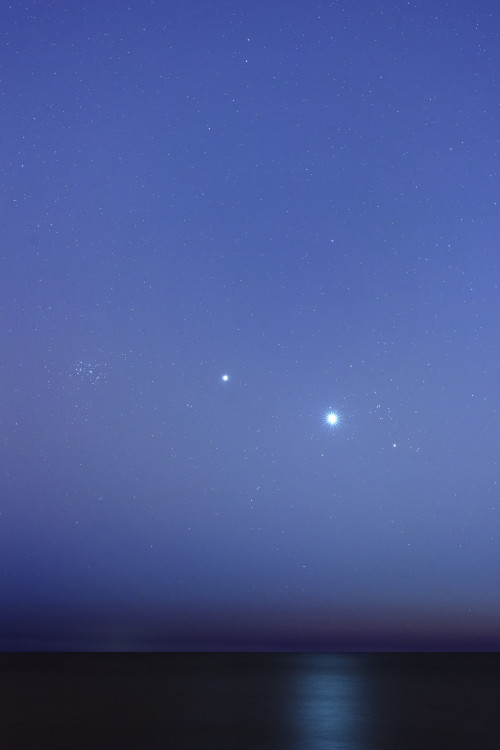
Aldebaran, Venus, Jupiter and Pleiades - Buenos Aires, Argentina.
Image credit: Luis Argerich
More Posts from Carlosalberthreis and Others
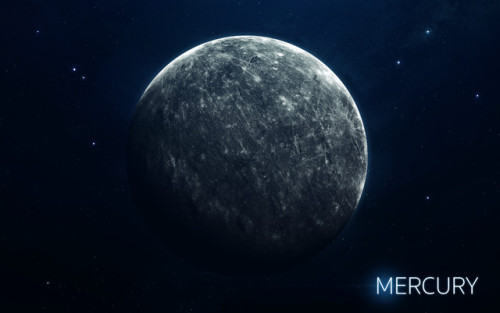
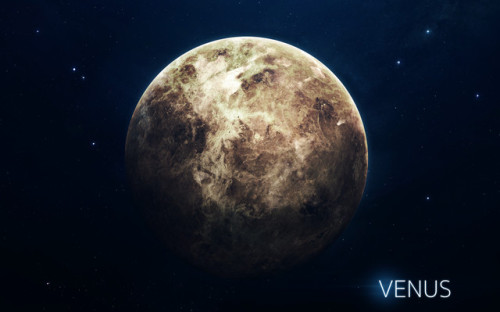
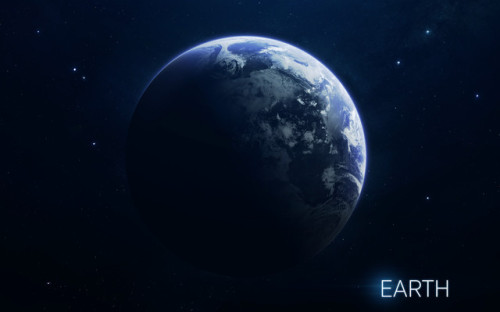
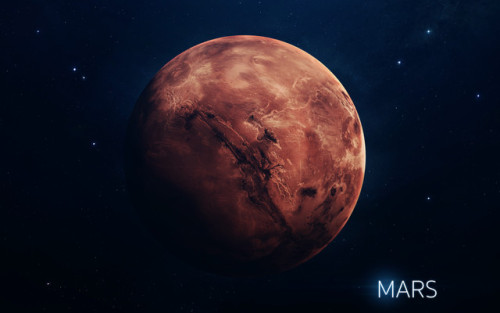
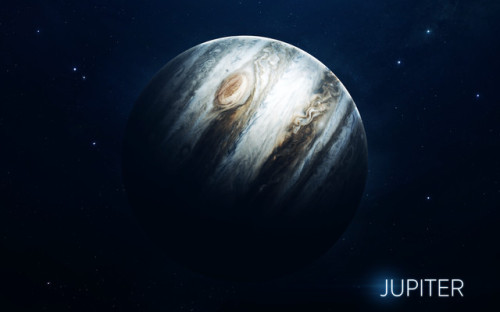

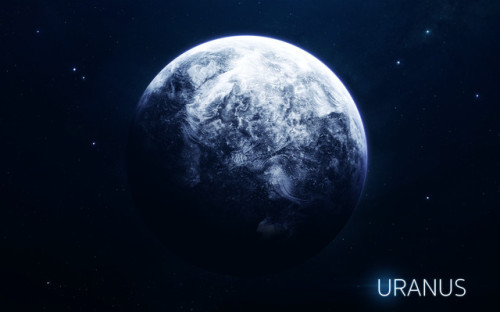
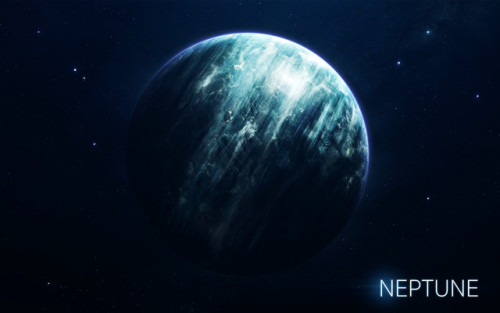
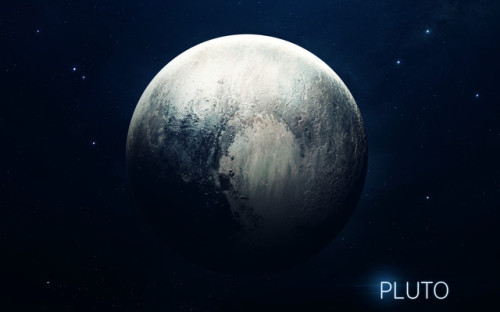
Berries - Vadim Sadovski

Gardner Megadome (também conhecido como Vitruvius T1):
Grande escudo vulcânico.
Diâmetro: 70 Km;
Altitude máxima: 1,6 Km;
Coordenadas Selenográficas: LAT: 16º 44’ 00’ N, LON: 33º 56’ 00” E;
Período Geológico Lunar: Não determinado.
Melhor período para observação: cinco dias após a Lua nova ou quatro dias após a Lua cheia. Quem foi GARDNER? Dr. Irvine Clifton Gardner (1889-1972) foi um físico americano que em 1921 se juntou ao National Bureau of Standards e em 1950 tornou-se chefe da Divisão de Óptica e Meteorologia. Ele foi presidente da Optical Society of America em 1958. Ficou conhecido por seu trabalho em óptica e no campo da espectroscopia.
Gardner Megadome foi, provavelmente, um imenso vulcão lunar, com 70 Km de diâmetro e 1,6 Km de altitude máxima, caracterizado como um grande escudo vulcânico, de textura áspera, formado possivelmente por um complexo coeso de domos sobrepostos e cobertos por lava, apresentando muitos impactos de minúsculas crateras em sua superfície.
Gardner Megadome é uma formação incomum, que consiste numa enorme área elevada localizada logo ao sul da cratera GARDNER (diâmetro: 18 Km, profundidade: 3,0 Km), com uma grande depressão no topo com indícios e possibilidades de ser uma caldeira vulcânica, conhecida como cratera Vitruvius H (diâmetro: 22 Km, profundidade: 400 m).
A cratera VITRUVIUS (diâmetro:29 Km, profundidade: 1,9 Km) localiza-se logo a noroeste do interessante Gardner Megadome.
Foto executada por Vaz Tolentino com apenas 1 frame em 10 de abril de 2012, 04:07:54 (07:07:54 UT).
ffffffffB$��Y]
Que o último período seja de grandes realizações!

A fotografia desta semana mostra fitas de gás e poeira em torno do centro da galáxia espiral barrada NGC 1398. Esta galáxia situa-se na constelação da Fornalha, a aproximadamente 65 milhões de anos-luz de distância da Terra.
Em vez de começarem no meio da galáxia e espiralarem para o exterior, os braços em espiral da NGC 1398 têm origem numa barra direita, formada de estrelas, que corta a região central da galáxia. Uma grande parte das galáxias em espiral — cerca de dois terços — apresenta esta estrutura, no entanto ainda não é claro se e como é que estas barras afectam o comportamento e o desenvolvimento das suas galáxias.
Esta imagem foi criada a partir de dados obtidos pelo instrumento FORS2 (FOcal Reducer/low dispersion Spectrograph 2), montado no Very Large Telescope do ESO (VLT) no Observatório do Paranal, no Chile, e mostra a NGC 1398 em grande detalhe, dos escuros trilhos de poeira que sarapintam os braços em espiral às regiões de formação estelar em tons rosa que aparecem nas regiões mais externas.
A imagem foi criada no âmbito do programa Jóias Cósmicas do ESO, o qual visa obter imagens de objetos interessantes, intrigantes ou visualmente atrativos, utilizando os telescópios do ESO, para efeitos de educação e divulgação científica. O programa utiliza tempo de telescópio que não pode ser usado em observações científicas. Todos os dados obtidos podem ter igualmente interesse científico e são por isso postos à disposição dos astrónomos através do arquivo científico do ESO. Crédito da Imagem: ESO
Pôr do Sol! 🌅

📅 Data de registro: 5 de agosto de 2024 às 18:22
Feliz Natal! 🤩⛪✝️

Boa noite galeraa!!

Falta 1 mês pra sonda Juno chegar em Júpiter. Comecei uma série no canal para explicar a missão. O primeiro vídeo já está no ar - https://youtu.be/qjxJ12IB4MQ
We Just Identified More Than 200 New (Potential) Planets
The Kepler space telescope is our first mission capable of identifying Earth-size planets around other stars. On Monday, June 19, 2017, scientists from many countries gathered at our Ames Research Center to talk about the latest results from the spacecraft, which include the identification of more than 200 potential new worlds! Here’s what you need to know:
We found 219 new planet candidates.

All of these worlds were found in a patch of sky near the Cygnus constellation in our Milky Way galaxy. Between 2009 and 2013, Kepler searched more than 200,000 stars in the region for orbiting planets. The 219 new planet candidates are part of the more than 4,000 planet candidates and 2,300 confirmed planets Kepler has identified to date.
Ten of these worlds are like our own.

Out of the 219 new planet candidates, 10 are possibly rocky, terrestrial worlds and orbit their star in the habitable zone – the range of distances from a star where liquid water could pool on the surface of a rocky planet.
Small planets come in two sizes.

Kepler has opened up our eyes to the existence of many small worlds. It turns out a lot of these planets are either approximately 1.5 times the size of Earth or just smaller than Neptune. The cool names given to planets of these sizes? Super Earths and mini-Neptunes.
Some of the new planets could be habitable.

Water is a key ingredient to life as we know it. Many of the new planet candidates are likely to have small rocky cores enveloped by a thick atmosphere of hydrogen and helium, and some are thought to be ocean worlds. That doesn’t necessarily mean the oceans of these planets are full of water, but we can dream, can’t we?
Other Earths are out there.

Kepler’s survey has made it possible for us to measure the number of Earth-size habitable zone planets in our galaxy. Determining how many planets like our own that exist is the big question we’ll explore next.
The hunt for new planets continues.

Kepler continues to search for planets in different regions of space. With the launch of our Transiting Exoplanet Survey Satellite (TESS) and the James Webb Space Telescope (JWST) in 2018, we’re going to search for planets nearest the sun and measure the composition of their atmospheres. In the mid-2020s, we have our sights on taking a picture of small planets like Earth with our Wide-Field Infrared Survey Telescope (WFIRST).
*All images of planets are artist illustrations.
Make sure to follow us on Tumblr for your regular dose of space: http://nasa.tumblr.com
-
 joecarera reblogged this · 3 weeks ago
joecarera reblogged this · 3 weeks ago -
 joecarera liked this · 3 weeks ago
joecarera liked this · 3 weeks ago -
 00001100 reblogged this · 3 weeks ago
00001100 reblogged this · 3 weeks ago -
 imaginaryfriendly reblogged this · 4 weeks ago
imaginaryfriendly reblogged this · 4 weeks ago -
 flesheatrrr reblogged this · 1 month ago
flesheatrrr reblogged this · 1 month ago -
 roseblanchez liked this · 1 month ago
roseblanchez liked this · 1 month ago -
 beyzd reblogged this · 1 month ago
beyzd reblogged this · 1 month ago -
 melloskyhigh liked this · 1 month ago
melloskyhigh liked this · 1 month ago -
 mydreamsisvivid reblogged this · 1 month ago
mydreamsisvivid reblogged this · 1 month ago -
 ambrosialambience reblogged this · 1 month ago
ambrosialambience reblogged this · 1 month ago -
 ambrosialambience liked this · 1 month ago
ambrosialambience liked this · 1 month ago -
 thejiggyjerry reblogged this · 1 month ago
thejiggyjerry reblogged this · 1 month ago -
 arewealloststars liked this · 1 month ago
arewealloststars liked this · 1 month ago -
 vaniinh reblogged this · 1 month ago
vaniinh reblogged this · 1 month ago -
 flesheatrrr liked this · 1 month ago
flesheatrrr liked this · 1 month ago -
 bye-blue-sky liked this · 1 month ago
bye-blue-sky liked this · 1 month ago -
 yrsyrly liked this · 1 month ago
yrsyrly liked this · 1 month ago -
 jovialmongerwobblerfire reblogged this · 2 months ago
jovialmongerwobblerfire reblogged this · 2 months ago -
 jovialmongerwobblerfire liked this · 2 months ago
jovialmongerwobblerfire liked this · 2 months ago -
 noura-099 liked this · 2 months ago
noura-099 liked this · 2 months ago -
 lemoniland liked this · 2 months ago
lemoniland liked this · 2 months ago -
 ndomthings liked this · 2 months ago
ndomthings liked this · 2 months ago -
 nabearrie liked this · 2 months ago
nabearrie liked this · 2 months ago -
 llonelyaura liked this · 2 months ago
llonelyaura liked this · 2 months ago -
 ohhoneyhoneyy liked this · 2 months ago
ohhoneyhoneyy liked this · 2 months ago -
 boulderrado reblogged this · 2 months ago
boulderrado reblogged this · 2 months ago -
 glisteningmind liked this · 2 months ago
glisteningmind liked this · 2 months ago -
 naranjah reblogged this · 3 months ago
naranjah reblogged this · 3 months ago -
 starryrika liked this · 3 months ago
starryrika liked this · 3 months ago -
 iamrgetdough777 reblogged this · 3 months ago
iamrgetdough777 reblogged this · 3 months ago -
 kkingofsorrow liked this · 3 months ago
kkingofsorrow liked this · 3 months ago -
 dreamy-pastels reblogged this · 3 months ago
dreamy-pastels reblogged this · 3 months ago -
 vicentesolbes liked this · 4 months ago
vicentesolbes liked this · 4 months ago -
 askezis liked this · 4 months ago
askezis liked this · 4 months ago -
 wetsilkgauze reblogged this · 4 months ago
wetsilkgauze reblogged this · 4 months ago -
 andjeeo liked this · 4 months ago
andjeeo liked this · 4 months ago -
 nightslikethiss liked this · 4 months ago
nightslikethiss liked this · 4 months ago -
 dotglobal liked this · 4 months ago
dotglobal liked this · 4 months ago -
 velvety-angel reblogged this · 4 months ago
velvety-angel reblogged this · 4 months ago -
 scarfissh reblogged this · 4 months ago
scarfissh reblogged this · 4 months ago -
 scarfissh liked this · 4 months ago
scarfissh liked this · 4 months ago -
 05thdimension reblogged this · 4 months ago
05thdimension reblogged this · 4 months ago -
 wittnsass liked this · 4 months ago
wittnsass liked this · 4 months ago -
 thenewroadd liked this · 5 months ago
thenewroadd liked this · 5 months ago -
 sunnaybunnay reblogged this · 5 months ago
sunnaybunnay reblogged this · 5 months ago -
 meliotka liked this · 5 months ago
meliotka liked this · 5 months ago -
 ofendlessnight reblogged this · 5 months ago
ofendlessnight reblogged this · 5 months ago -
 26ashik liked this · 5 months ago
26ashik liked this · 5 months ago

